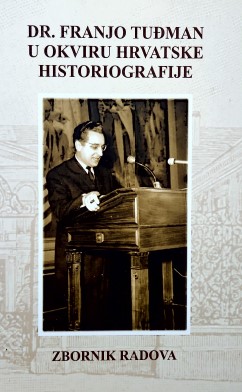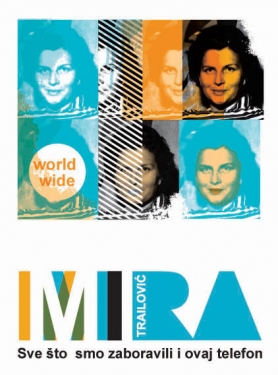
We kindly inform you that, as long as the subject affiliation of our 300.000+ articles is in progress, you might get unsufficient or no results on your third level or second level search. In this case, please broaden your search criteria.

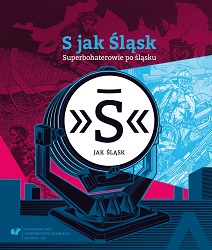
The publication comprises illustrations drawn and texts written by Marek Głowacki, which were created as a part of an artistic project “Dial S for Silesia – Silesian-Style Superheroes.” It includes a series of comic-book illustrations depicting characters bound to the region of Silesia, in particular Cieszyn Silesia being a place to which the author has both personal and professional ties. What can be found in the book are over thirty drawingsexecuted in comic-book fashion, created using digital and traditional methods, and published in a form of an artist’s book. The characters depicted are based on reallife Silesians whose achievements put them on a par with superheroes in a broad sense of the word. Głowacki’s way of engaging us into lives of the figures in question is embedded in a tradition of the black-and-white comic-book imagery. Their attainments are showcased by singular, detail-rich illustrations. In addition to drawings the publication contains the author’s text on comic book as genre and drawings as such, as well as passages concerning the specificity of the region and the superhuman nature of Silesians directly stemming from it.The project was realised within the scope of Young Scholars (Młodzi Naukowcy) subsidy that aims at advancement of young academic staff of the Faculty of Fine Arts and Music, University of Silesia in Katowice. Marek Głowacki, PhD, is an adjunct professor at the Department of Drawings of the Fine Arts Institute located in Cieszyn, where he is in charge of a drawings workshop.
More...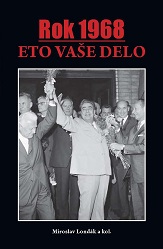
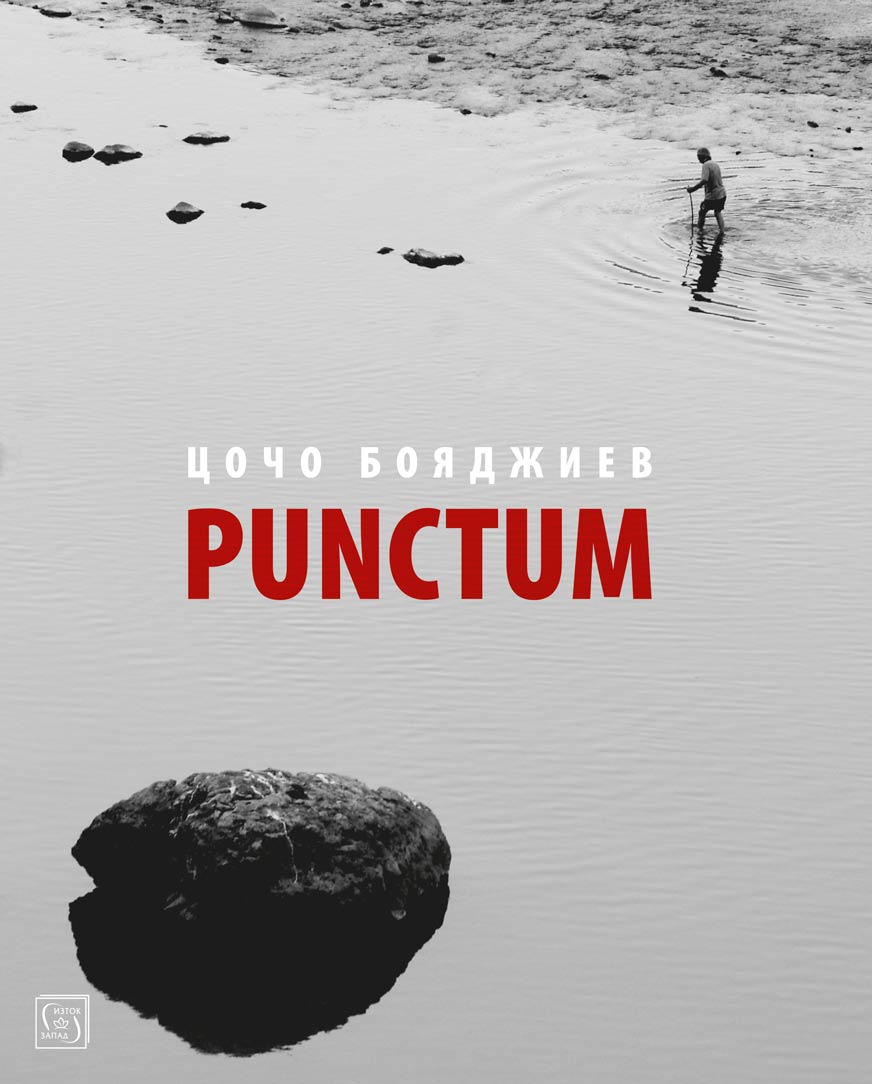
Here, in this album, Tzotcho Boiadjiev is a photographer. Good photographer, excellent photographer. But Tsocho Boyadjiev is not just a photographer. He is also a philosopher, a professor, a historian, theoretician of photography, a poet, a lecturer, an interpreter... Tsocho Boyadjiev transforms the crucial moments caught in reality into moments of determination, showing eternity of life, the freedom of life. With several techniques of photo-capture: parallels, intersections, branching, crossings, contrasts.
More...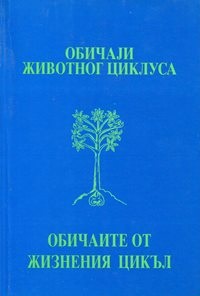
Wedding photographs make obligatory part of the family photo gallery. They are collected and kept in photo-albums, bearing not just the function of the document but also the ritual and the symbolic ones. They make the idealistic picture of family harmony and continuity in all of the families. For the researcher in culture they also make the unlimitted field for analysing social relations, status of the individual in the society or wedding attribute symbolism, like the clothing or the flowers. The paper presents an attempt of a shorter analises of changes in fashion and in social trends in some hundred years.
More...
The publication is devoted to the role played by the means of technical reproduction and the image transmission processes in promoting avant-garde concepts of art in the early decades of the twentieth century. Referring to Walter Benjamin’s thesis from the 1930s that photography and the availability of reproduction changed the modern concept of art by offering new artistic tools, the author seeks to explore how the use of reproduction influenced the new ways of art presentation and the development of an international network of artistic exchange.
More...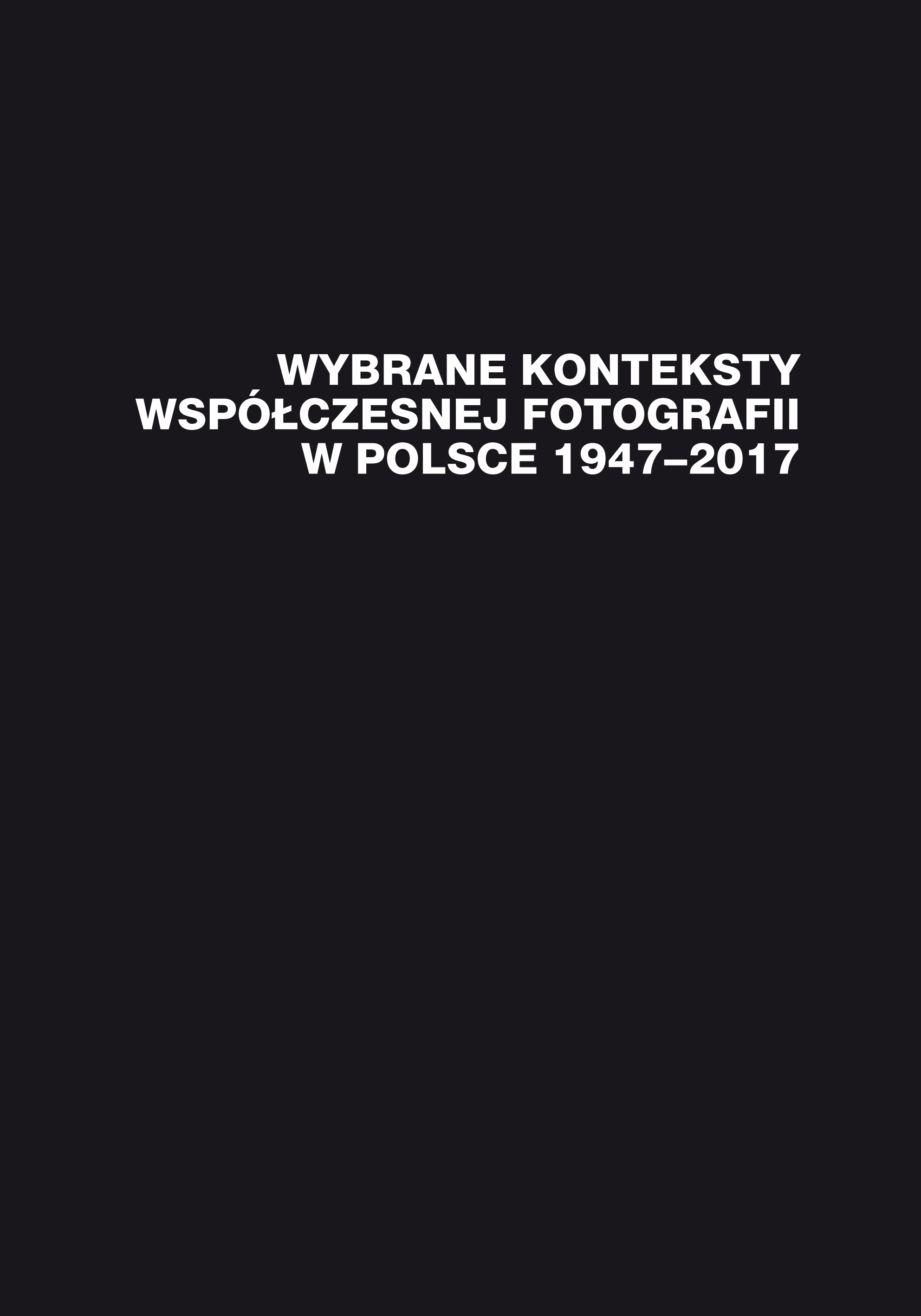
In its essence, photography is a process upon which an image is conjured up by an object itself, namely, through the way light acts on a given photosensitive object. Yet, photography is also a discipline of humanities that for a dozen or so decades has been developing various techniques and technologies, styles and tendencies. In this day and age photography is virtually omnipresent. Therefore, we experience manifold orders, manners in which photographic images are circulated, while we interact with different screens, read printed dailies, leaf through photo albums, catalogues, or wander through galeries and museums. The present publication attempts to reference selected notions relating to artistic photography in Poland. The authors come from various photograhy-related research backgrounds; they are both theoreticians and practicioners, which results in a quite comprehensive and multifaceted presentation of photographic works in Poland. The paramount aim of our monograph is to elucidate some apects pertaining to the medium of photography in Poland between 1947 and 2017, that have come to our attention. The book creates the tapestry of selected events, facts, activities, personalities, and tendencies, which transpired over the course of seven decades since the year 1947. The subsequent texts build a bridge of sorts between the activities of the pre-World War Two association called Fotoklub Polski (the Polish Photoclub), its co-founder’s, Jan Bułhak’s, organizational endeavours, and the activities of ZPAF (Association of Polish Art Photographers), also including some intermediate phenomena in photography during the late 1960s and early 70s, the works of idiosyncratic artists, such as: Andrzej Różycki, Zygmunt Rytka, Stefan Wojnecki, and Zbigniew Dłubak, as well as reportage photography in Upper Silesia, exhibitions by the Extravagance Gallery in the Sosnowiec Centre for Art – Sielecki Castle, open-air photography as a form of encounter, and the video recording as a photographer’s portrait.The publication is addressed to students of arts who work with photographic medium both in practical capacity and as a research subject.
More...
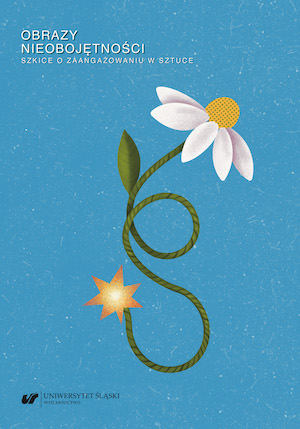
The aim of this article is to look at the photomontage – the technique itself, its history and protoplasts. It became widespread in Poland in the interwar period as a result of technological development and, significantly, the idea of communism, which was gaining more and more supporters at the time. It is not entirely clear who invented the photomontage; for that reason, the author presents various, usually divergent concepts.
More...
The article constitutes an attempted inquiry into the work of Jerzy Lewczyński (1924–2014), a photographer from Gliwice. It also aims to analyze said work in the context of his involvement in the field of art, presenting the profile of the artist and the events that might have influenced his attitude. It familiarizes the reader with Lewczyński’s biography and specific works of art, as well as trends in his work, which indicate his engagement – social, political, but also with the medium of photography itself. The article discusses a creative concept called by the artist “archeology of photography,” as well as the series of photographs Wawel Heads from 1956 and the large-format photomontage Our Magnification – Nysa 1945 from 1971.
More...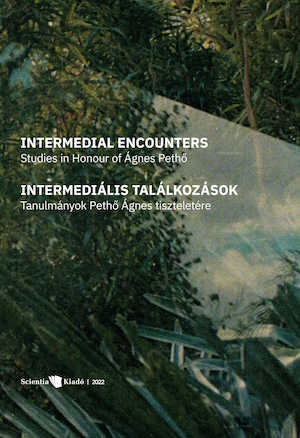




A typeface is one of the basic tools of human communication and for a long time a poster belonged to the most widespread means of mass communication. Upon the arrival of digital technologies it seemed that a poster would gradually disappear from the print media. However, it turns out that along with still more intensive everyday use of various text displays, there is also a renaissance of a traditional typeface poster and its extinction is probably not in sight yet.
More...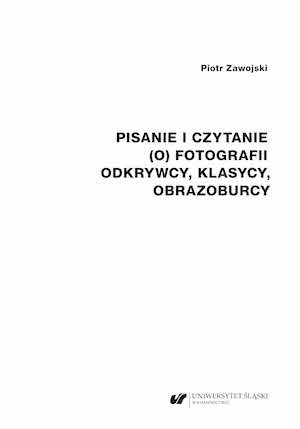
This book is an attempt at a new interpretation of texts by classical authors who write about photography as a medium, a way of recording the world, a tool of artistic creation and epistemological machinery. In addition to these re-interpreted authors, the book also includes chapters devoted to authors who propose new recognition of the phenomenon of photography, especially in the context of the expansion of new visual media and reflections on its “inhuman” dimension. A dozen chapters in the style of a scientific essay – which for the author means combining the accessibility of the argument without resigning from in-depth analysis and interpretation – is intended to present the diversity of looking at photography.
More...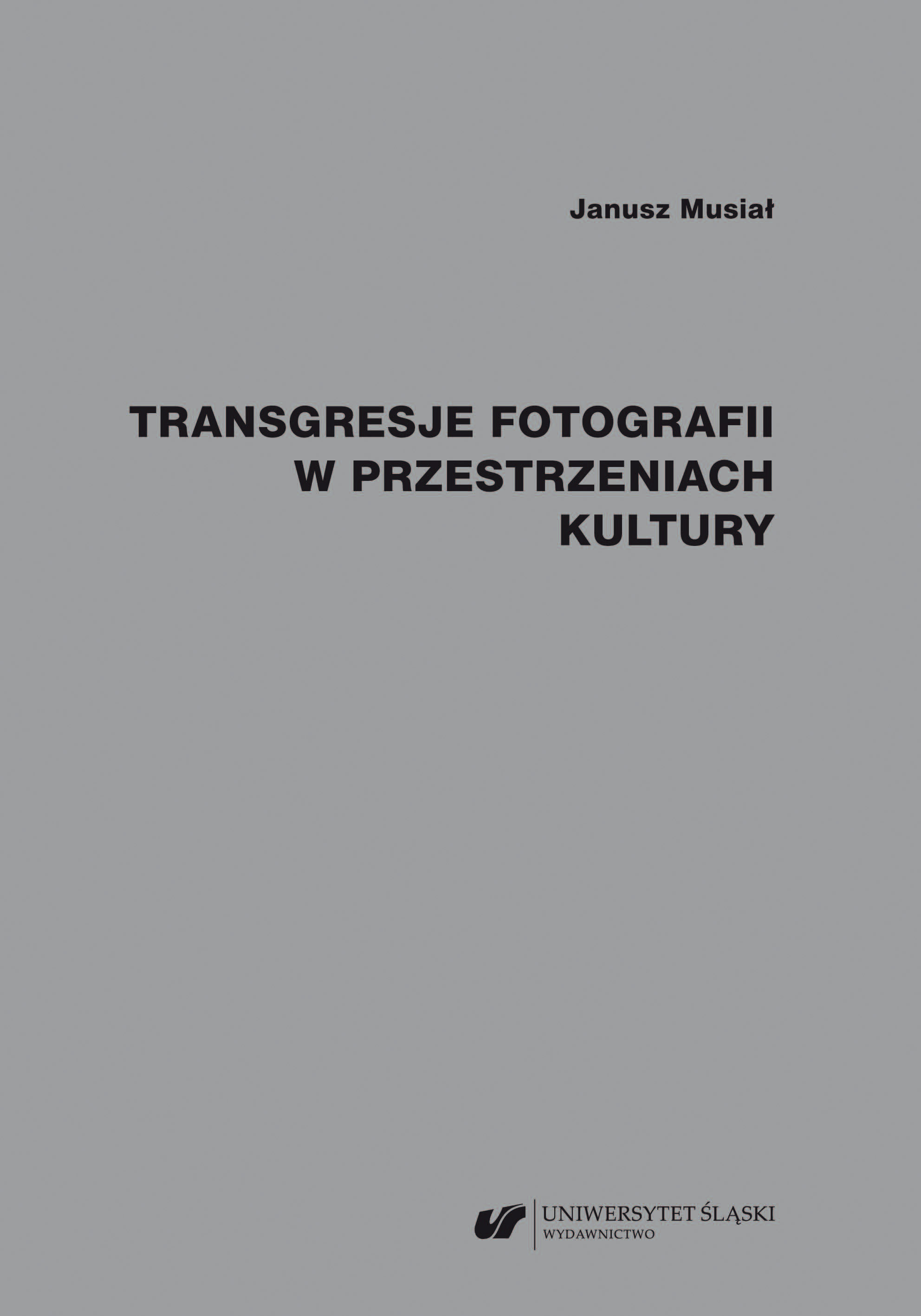
The book is an attempt to answer questions about the changes in the landscape of contemporary visual culture - how information techniques and technologies, and new digital media affect the form and functions of technical images - and in particular the medium of photography, the author's status and applied artistic strategies. The aim of this book is to present the issues related to the evolution of the form and content of a technical image, assuming that digital technologies cause revolutionary transformations in the media space of optical-mechanical imaging, in the way the world is perceived and in the way of participating in contemporary visual culture.
More...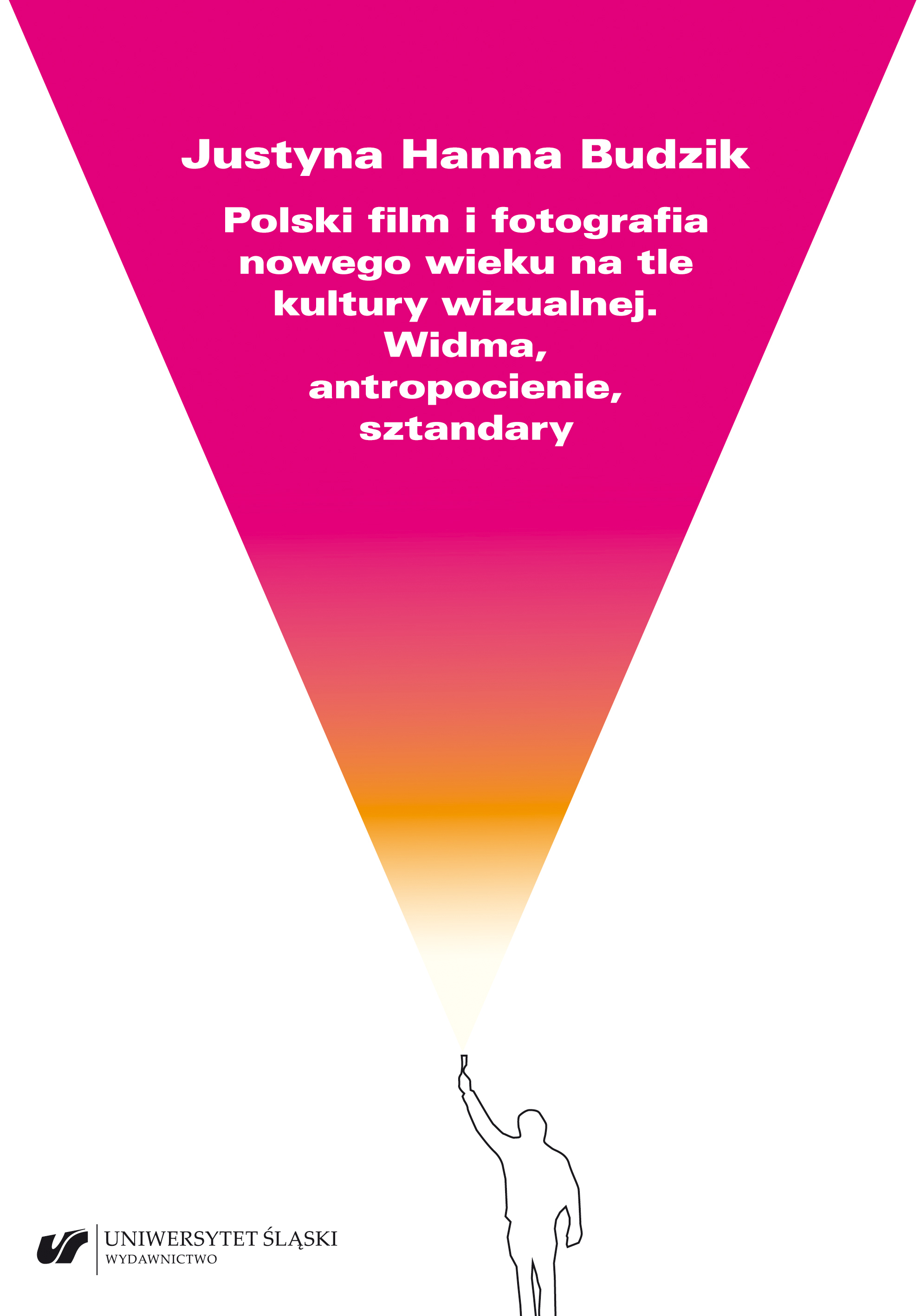
The book covers the findings of research on the 21st century Polish film and photography. For the purposes of this study, the terms film and photography are broadly understood and rooted in the culture studies perspective. Due to such framing, the author combines studies on fiction, documentary, short and feature-length films as well as documentary and staged photographs. The presented readings are created around three main categories of images, which are: spectres, shadows of the anthropos and banners.
More...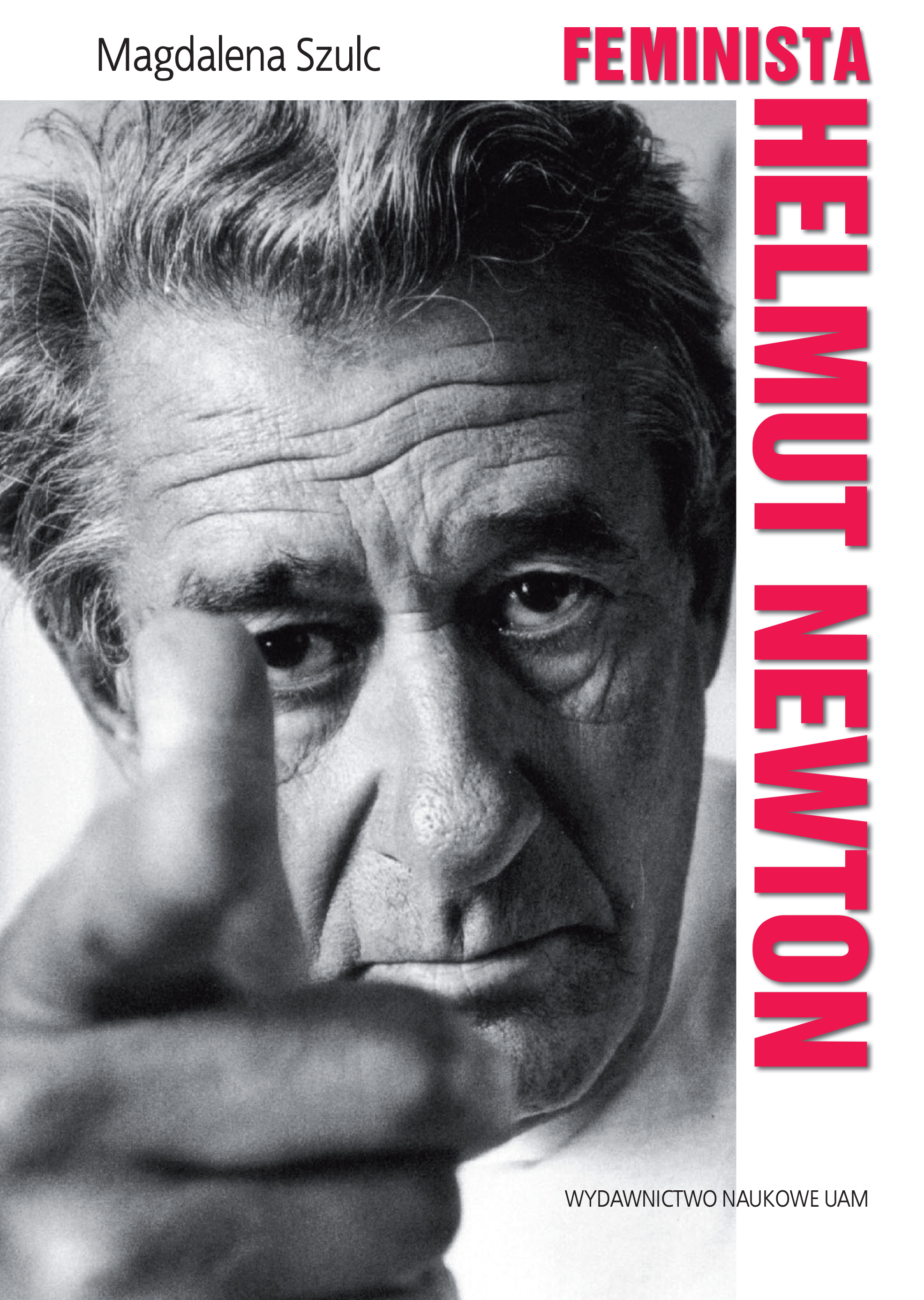
The Feminist Helmut Newton is a book devoted to the work of Helmut Newton, who had a huge impact on the development of feminist art and photography. In each decade, his photography gained more and more importance. It can be said that in principle it was never just a form of art or reporting. The image has always influenced all areas of social life - from politics to consumption. One of such socio-cultural problems raised by photography may be feminism. The book presents the work of the German fashion photographer Helmut Newton as changing not only the world of fashion but also the world of 20th-century feminism. His unusual ability to attract eyes through controversial topics and projects has won Newton a number of fans, as well as making even more enemies. However, the photographer-pornographer, as contemporary critics called him became an icon of his time, arousing extreme emotions - from delight to scandal. Yet, it cannot be denied that he showed a whole range of female types, emotions and behaviors. The book also includes the results of the research conducted at the Helmut Newton Foundation in Berlin.
More...